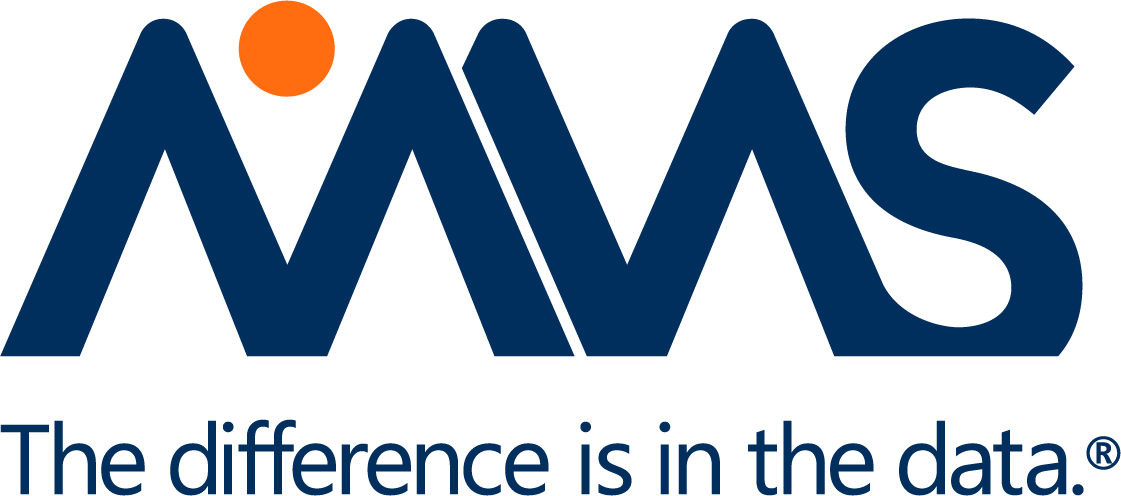What is a rare disease?
Simply put, a rare disease or condition is one that affects such a small number of individuals that, outside of the framework of specialized legislation, pharmaceutical companies would reasonably expect to incur a financial loss on drugs developed to treat them. Estimates vary, but most agree there are somewhere around 7,000 known rare diseases and that around 85% of rare diseases have a point prevalence of <1 per 1,000,000.
There is no universal definition of rare, ultra-rare, or neglected diseases or of the treatment options in development for such conditions. The exact prevalence used to define a disease as rare varies globally; however, most regional health authorities have established a point prevalence between 5 to 80 cases per 100,000 people.
In the US, the definition of a rare disease or condition is based on an absolute number of people, a disease or condition affecting less than 200,000 people in the United States, or another indication unlikely to be commercially attractive to drug manufacturers. However, as the population in the US trends upwards, the point prevalence for what the US considers a rare disease continues to decrease.
Limited understanding of disease
One challenge of rare disease research and drug development programs is centered on the knowledge of the disease itself, which is frequently very limited, both from a scientific standpoint, as well as from a regulatory perspective.
From a scientific standpoint, there is often a lack of understanding around the pathogenesis and pathophysiology, or the mechanistic basis for these diseases, which frequently impedes the ability to even reach a diagnosis.
There is also often a lack of natural history data around the clinical presentation, progression, and resolution of the disease, and even less data on genotypic and phenotypic variations within a disease.
In addition, while an animal model may be of relevance, especially for pediatric diseases, they may not exist and can be enormously challenging to develop given the complexity of these diseases and our relatively limited understanding of the mechanisms of the disease. Even when the genetic basis of a disease is identified, genetically modified animals may not be viable or may only exhibit a subset of the clinically important manifestations of the disease.
Frequently, there is also a lack of established regulatory standards. Unlike the more studied indications, most development programs for orphan drugs struggle with a lack of precedence or an established method for evaluating treatment effect. Things like choice of endpoints, assessments, and/or biomarkers, as well as the appropriate population, duration, and other critical elements of trial design are frequently not readily available and are often very difficult to ascertain. This is especially challenging as patients may have highly diverse clinical manifestations and rates of disease progression that are difficult to predict.
Finally, as new information about the rare disease or related diseases or conditions comes to light, regulators may be changing how they classify the disease, and treatment guidelines may also change frequently. Thus, it can be difficult to keep up with changes in the regulatory landscape.
Limited patient population
The small patient population in rare disease indications means relatively few patients are available to enroll in clinical trials. Also, patients may be widely dispersed or may be localized in areas with less access to clinical trials.
In addition, as many rare diseases are pediatric disease, these trials are often for very sick, very young populations with no alternative therapies, so there is a real and understandable difficulty with early attrition, especially of those not receiving a clinically relevant benefit on the study. There seems to be an overall hesitance to enroll in any program with a placebo arm, even if it is a cross-over design or a placebo run-in or another modified trial design, because of the significance of the disease-related events and their potential for long-term morbidity or even early mortality.
Limited funds and resources
While the Orphan Drug Act has dramatically improved the state of rare disease research in the US, as has similar legislation elsewhere, there is a focus on diseases on the higher end of the disease prevalence spectrum. In this context, diseases such as sickle cell disease or cystic fibrosis now present an attractive profit margin, especially given the ODA’s framework. Even still, it is not uncommon for these programs to struggle initially due to limited experience, funding, or resources.
As these initial programs may be driven by scientists or physicians who have noticed something, either in the lab or the clinic, or have had an idea based on the pathogenesis of a specific disease, there may be a limited understanding of the regulatory pathway or the documentation needed at each step of the development process.
However, as FDA incentives apply across the entire breadth of the rare disease spectrum, it seems the FDA has not found a commercial incentive that consistently compels the pharmaceutical industry to take on the difficult challenges in the setting of diseases that impact very few subjects.
In ultra-rare diseases, the initial drive to find a treatment is frequently owned by a parent or a patient advocacy group, often started by a parent. While these diseases or patients may eventually draw the attention of a physician or scientist, in some of these instances, much, if not all, of the patient population would receive therapy in the research setting, and licensing would be unlikely, although not impossible. Thus, these programs often struggle without the funding and support of the pharmaceutical industry.
Regardless of the circumstances, if the initial studies, documentation, and manufacturing typically prepared at the earliest part of the development program do not meet the regulatory expectation, the path toward the development of an experimental treatment may be slowed to accommodate the re-work that is often required.
Conclusion
While this post focuses on the challenges of rare disease research, many researchers, investigators, scientists, physicians, and regulators are focused on finding solutions. The diversity of these diseases almost guarantees that a one-size-fits-all solution will not be identified; instead, we hope for incremental improvements that lead to the great gains still needed to address the multifaceted challenges of rare disease research and drug development.
By: Amanda Beaster, Ph.D.
To learn more about rare diseases, ask Dr. Beaster a question by emailing media@mmsholdings.com.
Check out our webinar archive at MMS Holdings Webinars.





